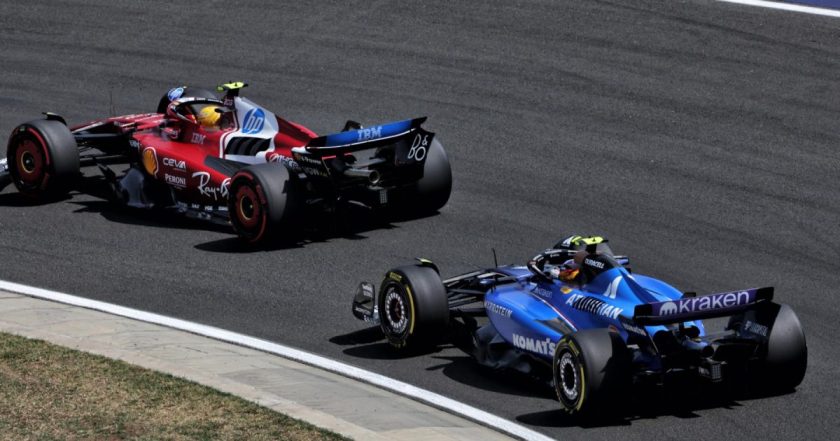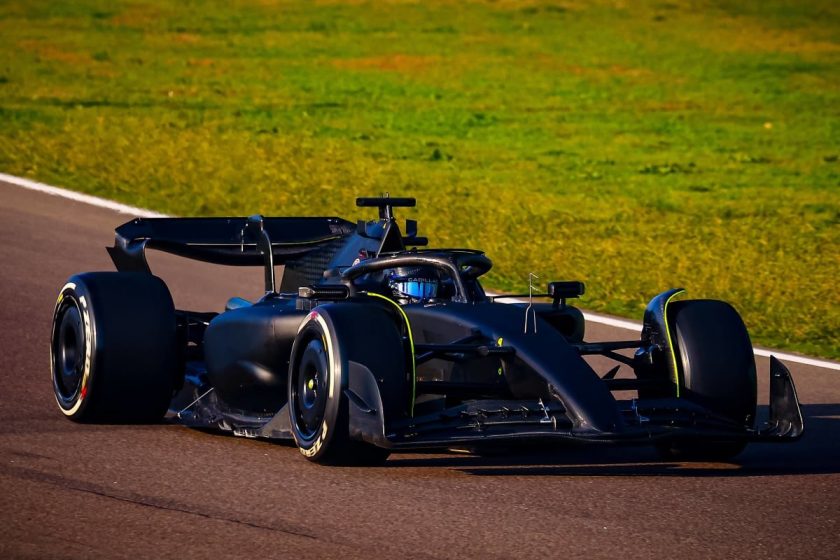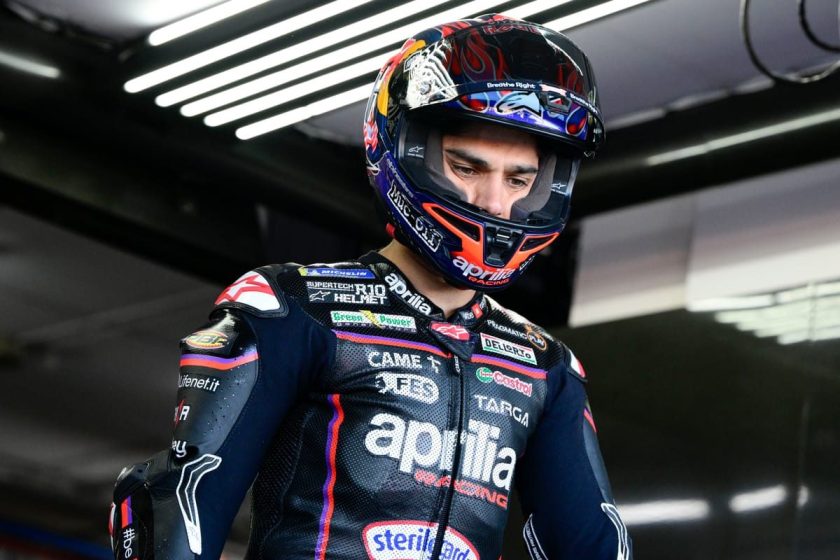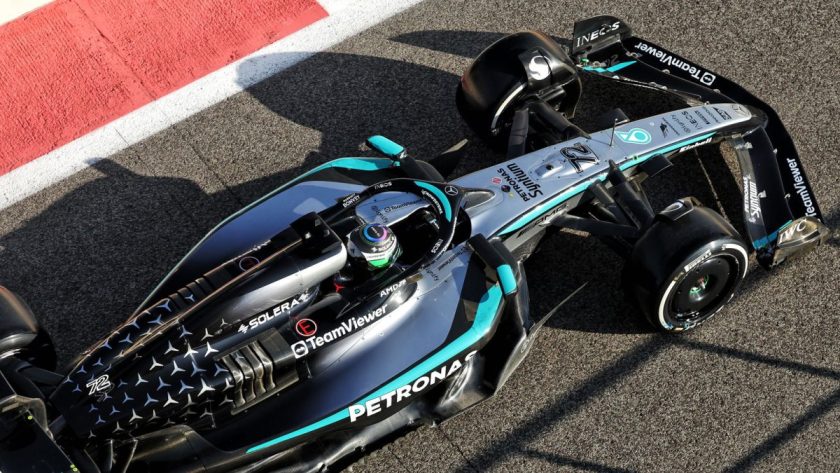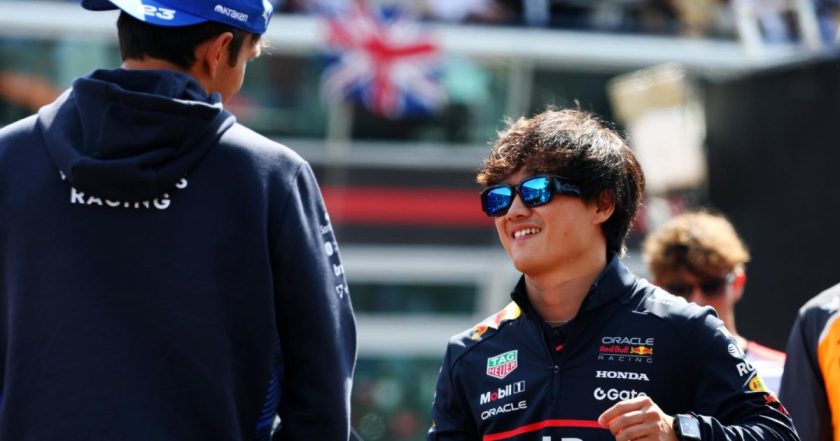P1racenews AI automatic summary:
How MotoGP brakes work: Secrets of stopping a 220mph bike
The 1000cc engines on MotoGP bikes produce 270hp, but their lack of downforce and small contact patches cause them to lose out on lap time to Formula 1 cars. In a comparison, Valtteri Bottas lapped his F1 Mercedes in 1m32.029s at the US Grand Prix in Austin, while Maverick Vinales clocked 2m00.864s in MotoGP qualifying in 2024 at the same circuit.
Despite this, in a unique challenge, Dani Pedrosa’s KTM RC16 beat Liam Lawson in an RB8 over a quarter-mile from a standing start due to the bike’s superior power-to-weight ratio. MotoGP bikes, with their narrow design, have minimal drag and can reach around 220mph. To handle the twists, they rely on Brembo’s high-performance braking systems, customized for each rider.
Brembo’s monobloc caliper, the GP4, enhances braking torque, ensuring efficient deceleration for the bikes’ high speeds. Carbon front discs, in various sizes and specs, provide immense stopping power; a smaller steel disc is used in the rear. The carbon discs operate at an impressive temperature range of 250°C to 850°C, much higher than steel discs used in Moto2 and Moto3. The overall MotoGP braking system, front and rear combined, weighs about 5.5kg.

